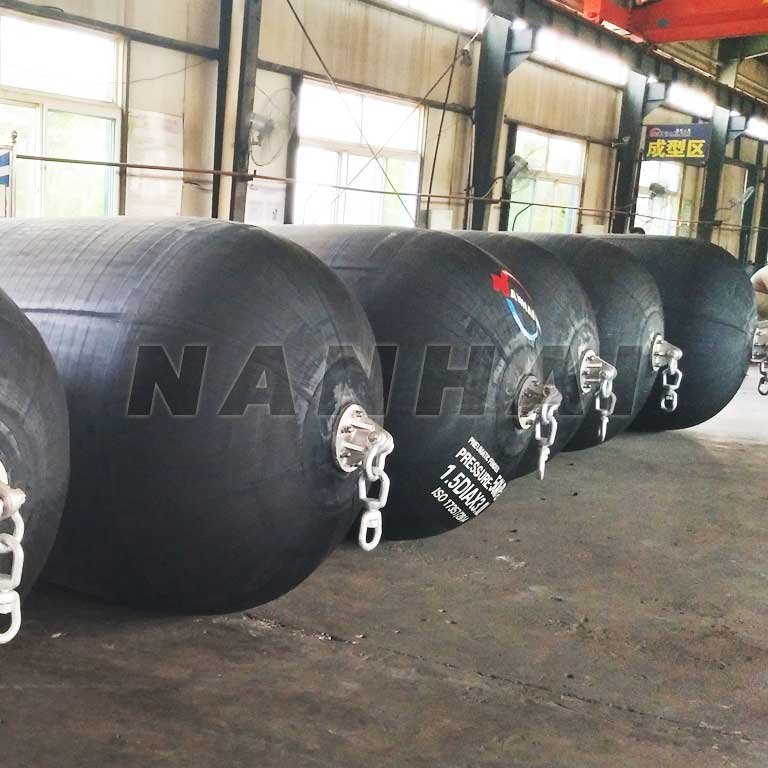Marine Tug Fender
10/10/2023How Does Ship Launching Airbags Work
10/18/2023Floating Fender
What is a floating fender?
Floating fenders are installed between the dock berth and the ship, including inflatable fenders and foam fenders.
What is a marine ball?
Marine props were developed in 1958 based on our automotive tire and rubber aircraft fuel tank technology. Marine tying balls are designed to withstand extreme environmental conditions and we are committed to contributing to the marine industry by providing quality products.
Marine docking balls are mainly used in ship-to-ship (STS) and ship-to-dock/dock (STD/J) projects. Inflatable marine fenders are also called marine fenders/inflatable fenders/inflatable fenders. This marine ball has become the world’s leading anti-collision device.
Marine berthing balls are quick and easy to install, allowing for proper clearance between the hull and the dock or ship. These marine berthing balls play a vital role in the safe operation of ship berthing.

Marine ball support durability
Marine backing balls are constructed from several layers of strong tire cord arranged at optimal angles to evenly distribute load and stress. They are extremely resistant to pressure and cut, and can withstand wear and tear in harsh weather conditions, meaning marine berthing balls are ideally suited to harsh marine environments. Larger sizes of marine buoy balls are also equipped with safety valves as an extra precaution to prevent accidents in the event of over-compression.

Marine ball handling performance
Relying on the compressive elasticity of air, marine prop balls will not degrade or change in performance due to fatigue or extremely low temperatures (-50°C and below), eliminating the need for periodic replacement by owners.
Simple and cheap to install, a boat ball is supported by its own weight in the water. As such, it can be easily moored via guy ropes or chains and can be easily removed for transfer to another mooring point.
